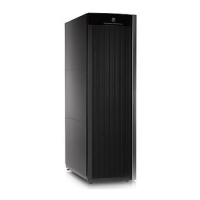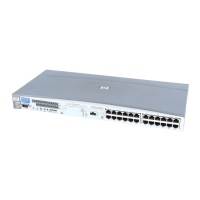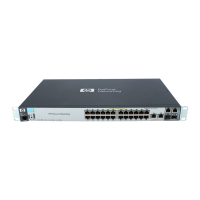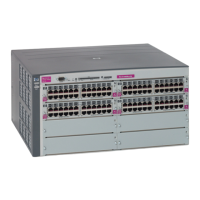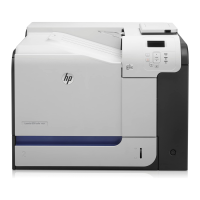If Business Continuity Manager agents are running on other sites, you can distribute the created
configuration files to these sites.
Manipulating a copy group from Replication Manager
You can perform the following operations on a defined copy group from Replication Manager:
• resync: Resynchronizing the copy group
• restore: Reverse resynchronizing the copy group
• split: Splitting the copy group
• delete: Delete the copy group
Monitoring a copy group from Replication Manager
When the Business Continuity Manager agent receives an information acquisition request from
Replication Manager, it returns the following information to Replication Manager:
• Information about the local, remote, and Non Gen'ed volumes
• Copy group definition information
• Copy group status
You can view this information from the Replication Manager Web Client, and use it to monitor a
copy group.
If you define a PPRC copy pair as a Business Continuity Manager copy group using the copy group
definition generation function, you can obtain information about the PPRC copy pair from Replication
Manager. For details on how to create a copy group definition file for a PPRC copy pair, see
“Importing definitions for monitoring PPRC copy pairs” (page 248).
Possible configurations
An Replication Manager instance and a Business Continuity Manager instance can be linked in
a one-to-one configuration. If you want to link multiple instances of Business Continuity Manager
to a single instance of Replication Manager, you must first create a configuration file for each
Business Continuity Manager instance. You should then register each instance of Business Continuity
Manager as an information source with Replication Manager. For more information about this,
see the HP P9000 for Business Continuity Manager Software Installation Guide.
Figure 131 (page 539) shows a configuration that can be achieved by linking to Replication
Manager.
538 Linkage with Replication Manager
